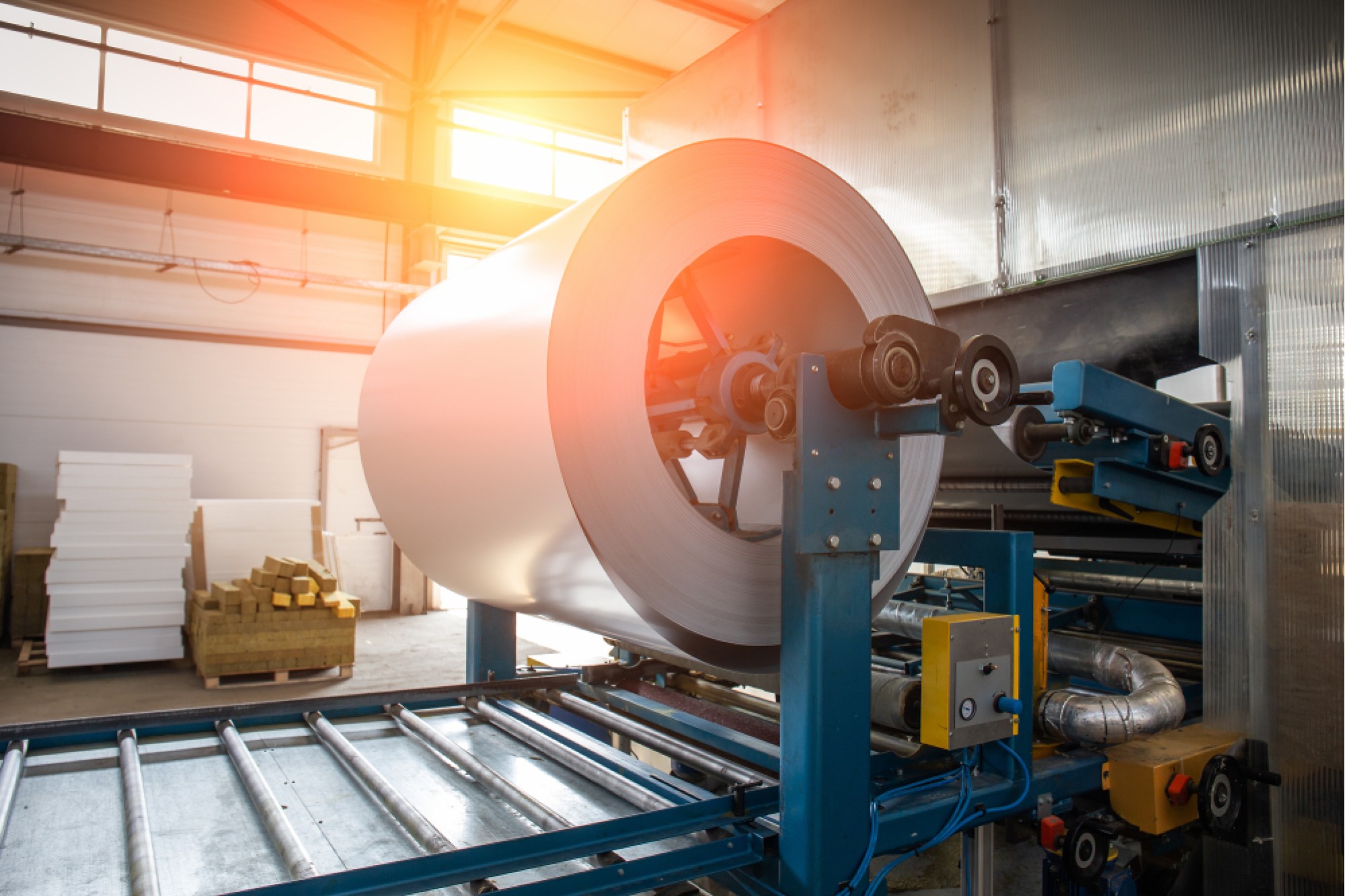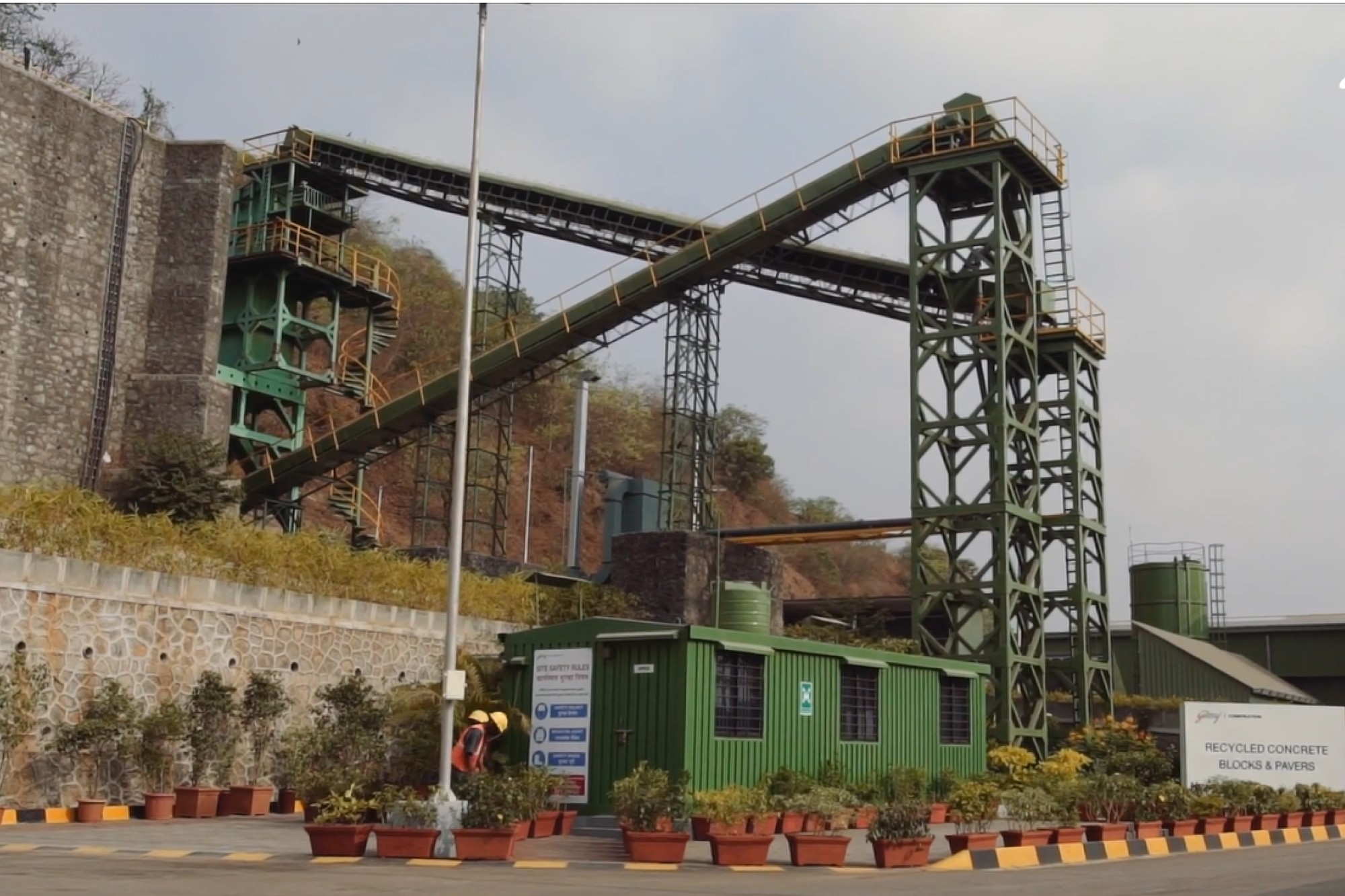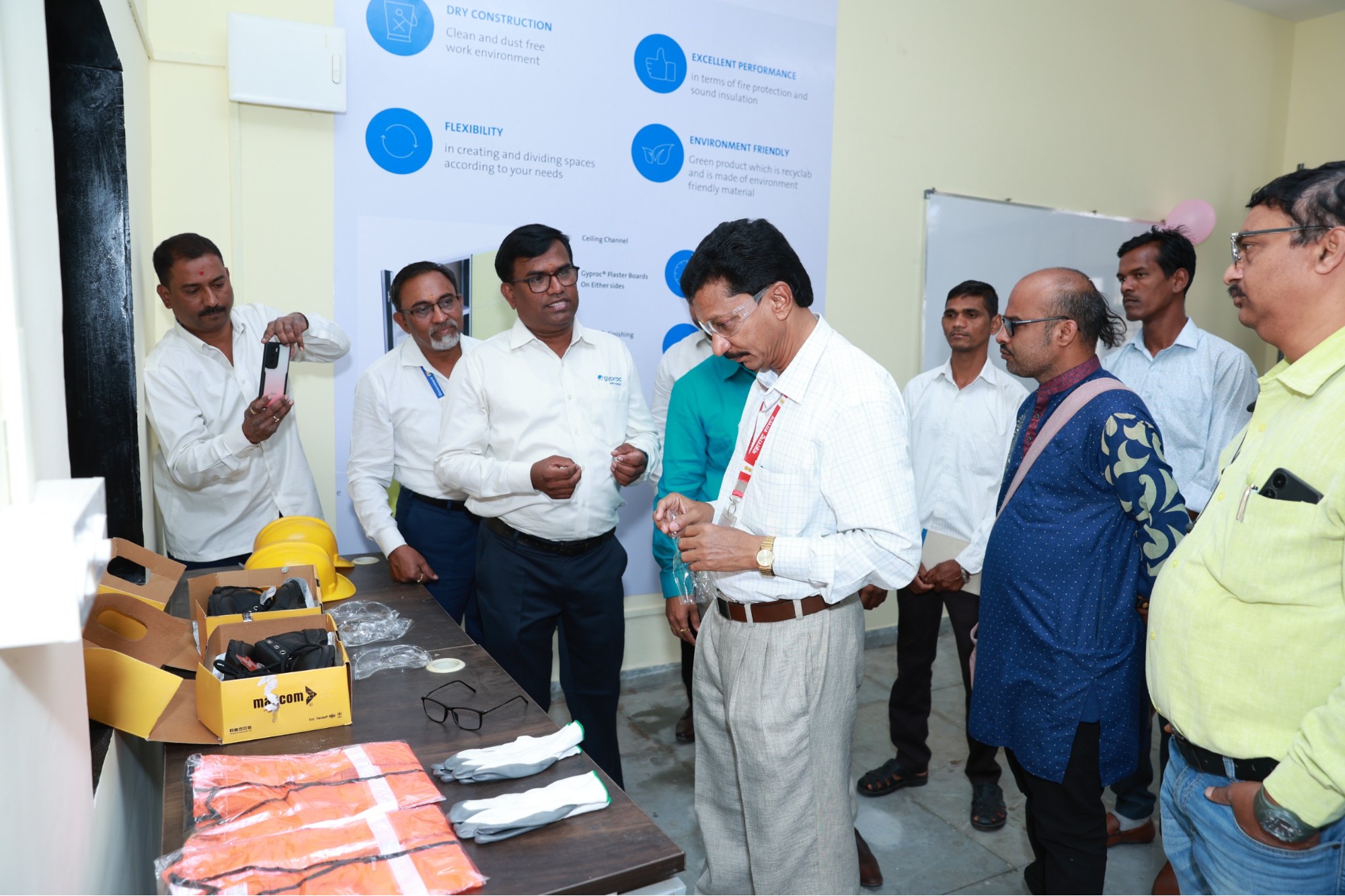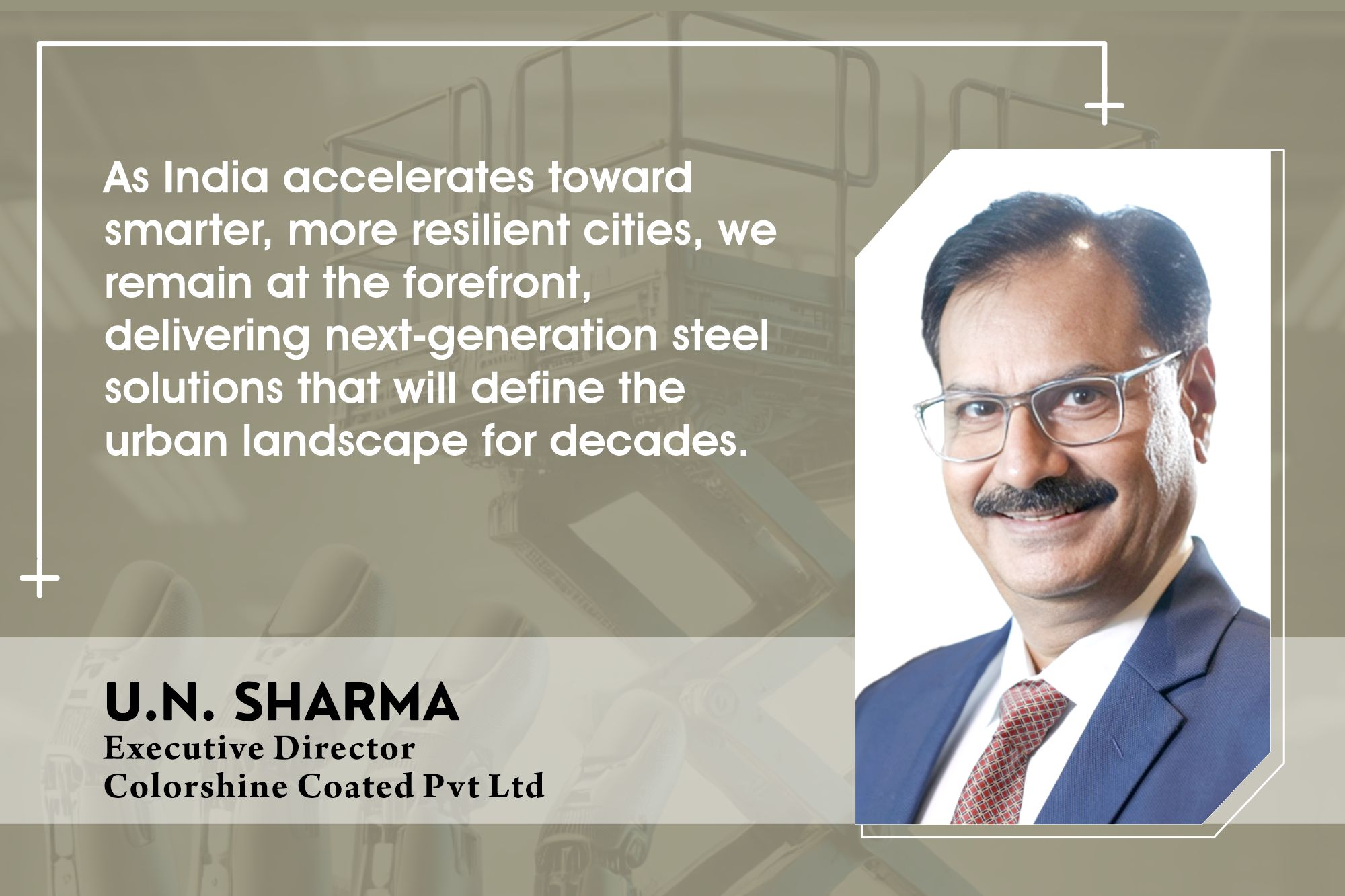Tensile structures: for aesthetic roofing
By Edit Team | February 23, 2019 9:07 am SHARE
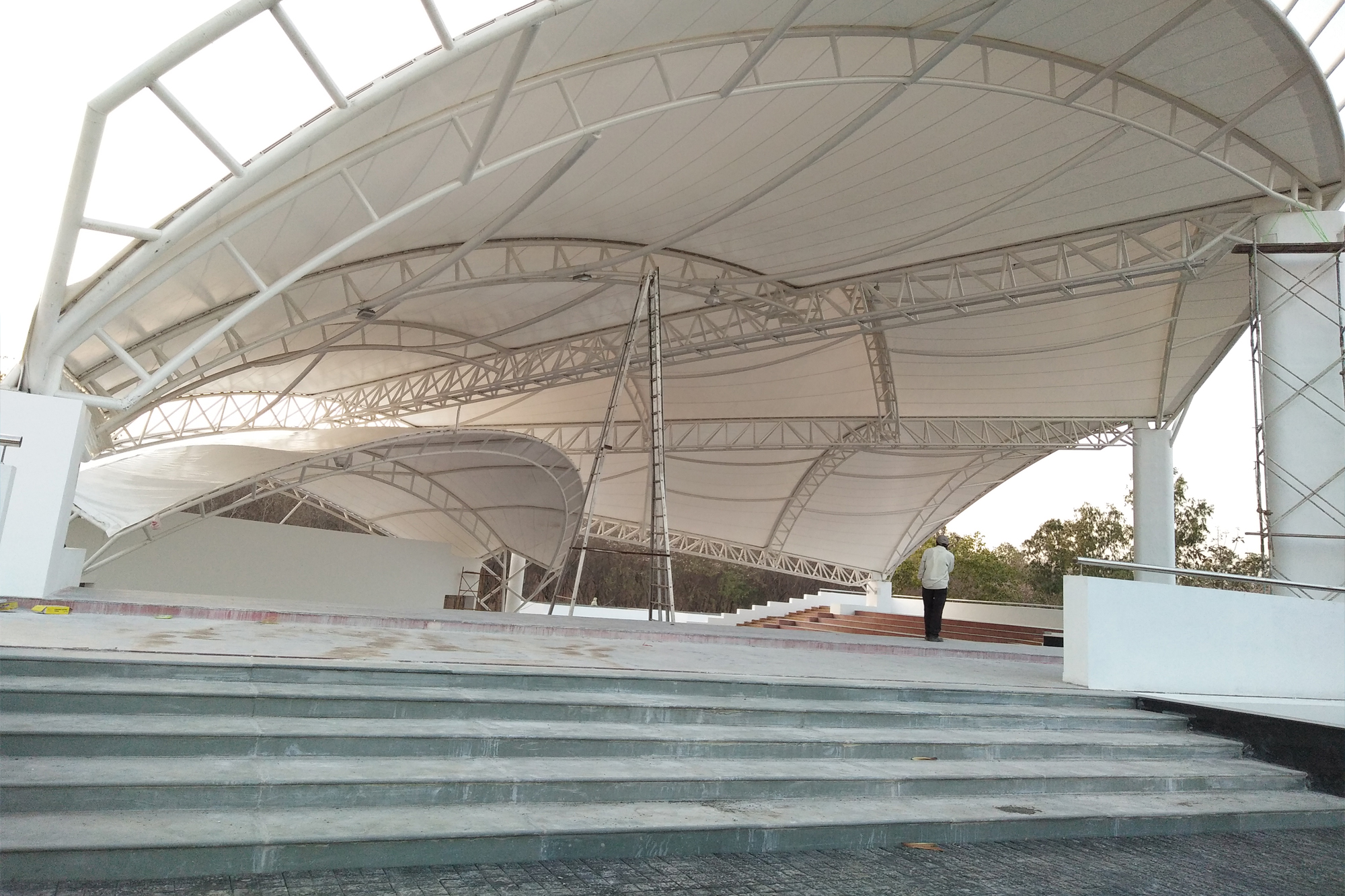
Be it goals of creating more usable outdoor spaces, or enhancing visual appeal of structures, tensile is increasingly becoming the preferred choice.
Tensile structures are fast becoming the permanent roofing solution choice for designers, architects and engineers. The structures offer an aesthetically pleasing as well as longer-term substitute to tarpaulin roofs, awnings, and the likes. The flexibility, lightweight nature, wide array of on-site applications, easy installation, and customised design is what sets them apart. They are innovative forms of construction art that provide
a variety of canopy designs to cover any outdoor setting – patio, rooftop, outdoor restaurant, stadium etc.
Besides creating more usable space, that renders a futuristic space optimisation solution, the structure gives style and harmony to roofs. according to Anil Shah, Technical and Design Director, Aakruti Tenso Structures & Facades Pvt Ltd.
Suitable for Indian climates
Tensile membrane structures use highly durable uPVC fabric, which is waterproof, and UV repellant and reflective, and can be installed on large open space with minimum columns for support, but maximum covered area, adds Shah.
Flexibility
Tensile structures are essentially used for roofing. However, the fabric is also versatile with its light weight and looks, while also being sturdy. It can adapt to any form unlike most other roof covers giving sculptural look to the space enveloped, not only externally but to inner volumes as well, say Ar. Nitin Killawala, Group Seven Architects & Planners Pvt Ltd.
Tensile structures could be large spanned with minimal column supports that makes it the most preferred for columns free spaces like stadium, auditorium or an atrium, he adds.
This support system of tensile structures can be pre-engineered away from actual site, so the execution time is reduced substantially and installed neatly and quickly without disturbing other works on site.
Other advantages include percolation of diffused natural light in spaces like atriums, large shelters, etc.,
Today, advances in technologies, design techniques, and applications continue to drive innovation the tensile architecture industry. Many attribute this substantial growth to evolving consumer demand, challenges associated with compliance, and the need for more energy-efficient solutions, according to Ar. Er. S. P. Anchuri, Chief Consultant, Anchuri and Anchuri.
Visual character
“Tensile membrane structures have a unique visual character and give designers, architects and engineers the ability to experiment with form and create exciting new solutions to conventional design problems. It gives possibility to recreate dramatic scenes by playing with forms and light effects,” says Raja Kishore Dash, National Sales Manager, Low & Bonar India Pvt Ltd.
“Tensile architecture compared to classical architecture solutions recreates weightless and natural forms and generate innovative eye-catch architecture. There can be hundreds of designs and utilisations achieved using these fabrics depending on one’s imagination,” adds Dash.
Whether goals are to create more usable outdoor spaces or simply improve aesthetics, tensile fabric structures can add value and appeal to structures.
Transparency
Varieties of available fabrics ranging from soothing to vibrant colours, from opaque to transparent visibility provides multiple options. Fabrics chosen according to the purpose of the structure makes it more appropriate to the environment
Vibrant colours add liveliness to the built environment and can be used in theme parks, structures for kids to play or interactive spaces for youth.
“Transparency of fabrics adds beauty to every individual project. Different light effects can be achieved by increasing or decreasing the materials’ transparency. Additional, more detail on the fabrics simply add to aesthetics, says Ar. Surinder Bahga, Sakaar Foundation.
Demand-driven innovative technique
The current trend of experimenting with organic shapes and structure can be created in this demand-driven technique by use of materials often supported by steel. When we look beyond imagination a high-span, column-free volumetric space having panoramic view can be designed flexibly which is cost effective, light weight and environment friendly, says Prof. Charanjit Singh Shah, Founding Principal, Creative Group.
Projects suitable for installation of tensile structures
Right from big stadia and airport roof canopies to large span public spaces, mall-atriums, parking lots, auditoriums, sports complex, swimming pool covering, says Dash.
“Whether one is looking to create a small outdoor venue or cover a large amphitheatre, tensile fabric structures provide cost-effective and long-lasting solutions for your outdoor venues. From walkways to entryways and seating areas to courtyards, tensile fabric structures beautifully blend form and function, adds Dash.
Tensile structures have many advantages. These can be fabricated in a short time and are light weight comparatively.
“These are very useful for exhibition pavilions, banquet halls, airports, bus stations, and railway stations, car parking sheds, walkways, resorts, pools, theme parks and other large public spaces. It is easy to acquire desired ambience with variety of shapes in a wide range of fabrics, says Bahga.
Increasing demand with growing advancement
Tensile structures can be used for installation in any kind of project – functional or aesthetic It is being widely used in large public places like sports arena, atriums at mall, airports, indoor stadium, and recreational plazas as tensile roofing. Perhaps being the lightest material, with steel as support it is helpful in creating large span column less roofing and landmark projects around the globe. These structures are designed to sustain wind pressure, temperature fluctuations, rain and solar radiation so they are low on maintenance and have long lifespan, according to Singh.
For architects and engineers
Most tensile structures are supported by some form of compression or bending elements, such as masts as in the millennium dome, compression rings or beams. The low weight of materials makes construction easier and cheaper, and lightweight, translucent nature and reflective properties, along with environmental adaptability makes it conducive for building construction, says Anchuri.
Tension fabric is still a relatively new building material, despite its more extensive use over the past decade or so, in architectural applications. Discovering necessary forms and amount of pre-stressing can be quite complex.
However, especially over large areas, it is a lightweight, material saving and energy conserving solution for roofing systems. In short, it is an excellent option for architects and engineers for designing sustainable very small to very big structures, feels Anchuri.
Suitable tensile structure installations
Facades using flex
Tensile facades are an innovative, cost-effective way to incorporate screening and shading to office buildings, parking garages, and stadiums. These tensile materials are an economical alternative to perforated metal and metal mesh, at 50 per cent of the cost of installed screening.
Building Enclosures /Envelopes
Tensile building envelopes have the ability to synthesize form, expression, and utility. They complement the existing architecture and natural environment, and are a more cost-effective solution.
Projects in open air
Open air structures provide the best parts of an outdoor experience with protection from the elements. Whether one is designing a golf resort, amphitheatre, outdoor mall, or even a wharf, tensile membrane structures provide year-round protection from solar glare, heat, rain, and snow.
Sports facilities
Whether a stadium or an indoor athletic facility, tensile fabric solutions create optimal environments for both spectators and athletes. From the optimisation of daylight to shading and thermal control, there’s no sport that can’t benefit from tensile fabric.
Facilities for temporary use
Special use structures fabricated from tensile materials combine the thoughtful presence of a permanent structure with the economy, easy assembly, and mobility of a temporary structure.
Interior spaces
Transform an interior space with sculpted tensile fabric elements. Lightweight and economical, tensile fabric can be customised to create a unique visual experience.
Public art and advertisements/hoardings
Tensile membranes are an ideal choice for iconic outdoor sculptures and public art. They can be formed into almost any shape and retain their structure over time without any slacking or buckling.
Environmental and other projects
Tensile fabrics can create solutions to common environmental disasters. Lightweight and easy to transport, tensile fabrics are ideal for rapidly creating easy-to-assemble command facilities and emergency response shelters in times of environmental crisis.
Flexibility in design, beautiful in looks, and functionally beneficial, tensile structures grown to be progressively more widespread in today’s world of architecture.
Ar. Er. S. P. Anchuri, Chief Consultant, Anchuri and Anchuri
Tensile membrane structures have a unique visual character and give designers, architects and engineers the ability to experiment with form and create new solutions.
Raja Kishore Dash, National Sales Manager, Low & Bonar India Pvt Ltd
Transparency of the fabrics adds beauty to every individual project.
Ar. Surinder Bahga, Sakaar Foundation
Tensile structures could be large spanned with minimal column supports, making it most preferred for columns-free spaces like stadium, auditorium or an atrium.
Ar. Nitin Killawala, Group Seven Architects & Planners Pvt Ltd
Major advantage of tensile structure is that it can be used to create more usable space, as it covers a large outdoor area.
Anil Shah, Technical and Design Director, Aakruti Tenso Structures & Facades Pvt Ltd
A high-span, column-ree volumetric space having panoramic view can be designed flexibly which is cost effective, light weight and environment friendly
Prof. Charanjit Singh Shah, Founding Principal, Creative Group
Cookie Consent
We use cookies to personalize your experience. By continuing to visit this website you agree to our Terms & Conditions, Privacy Policy and Cookie Policy.


